Baking Outside the Box: A Real-Talk Guide to Ingredient Swaps
Let’s Get Real About Changing Recipes
After countless hours in the kitchen, surrounded by clouds of flour and the sweet smell of caramelizing sugar, you learn one simple truth: baking is way more science than it is magic. Every single ingredient has a job to do. Flour is the scaffolding, sugar brings sweetness and moisture, and fat makes everything tender and delicious. So, when you want to tweak a recipe, you can’t just throw things in willy-nilly. You have to be a good manager and find a suitable replacement to do the same job. That’s the real secret to successful substitutions.
In this article
- Let’s Get Real About Changing Recipes
- The Dream Team: Meet Your Core Ingredients
- Swapping Flours: The Price of a New Foundation
- Rethinking Sweetness (It’s Not Just About Taste)
- Finding Alternatives for Butter and Eggs
- Quick Wins: 3 Easy Swaps to Try First
- Putting It All Together & Troubleshooting
- A Serious Chat About Safety and Respect
- Inspirational Gallery
Honestly, I got good at this out of necessity. People always needed something different—a lower-sugar cake for a family member, a dairy-free cookie for a kid’s birthday party, or just a heartier muffin for breakfast. It forced me to look past the recipe card and get into the nitty-gritty of why a cake rises or a cookie spreads. This wasn’t about finding “guilt-free” shortcuts; it was about understanding the ingredients. This guide is built on all that trial and error… and trust me, there were many, many batches that went straight into the compost bin.
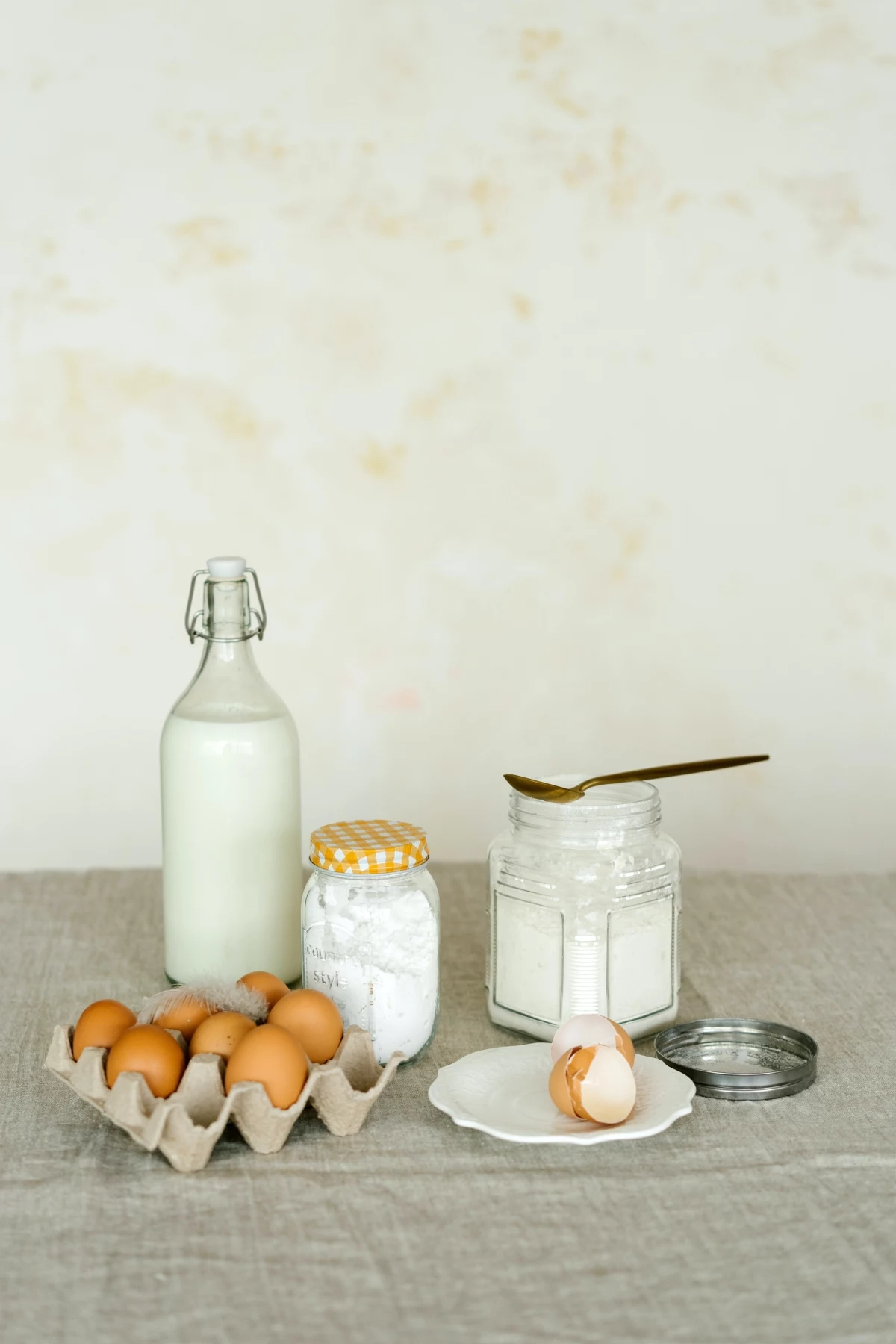
We’re not here for quick fixes. We’re here to understand function. Once you get a feel for why things work the way they do, you’ll have the confidence to adapt almost any recipe, troubleshoot when things go wrong, and bake things that are perfect for you.
The Dream Team: Meet Your Core Ingredients
Before you even think about swapping, you need to know the key players on the team. In most baked goods, you’re dealing with a core four: flour, fat, sugar, and eggs. They all have a main gig, but they also work together. Change one, and you’ll likely need to adjust the others to keep the peace.
Flour is Your Foundation. All-purpose flour is the go-to for a reason. It has proteins that form gluten when you add liquid. Think of gluten as a stretchy, elastic net of tiny balloons. As your leaveners (like baking powder) release gas, this net traps it, letting your cake rise high and hold its shape. When you swap your flour, you’re messing with the very structure of your creation.
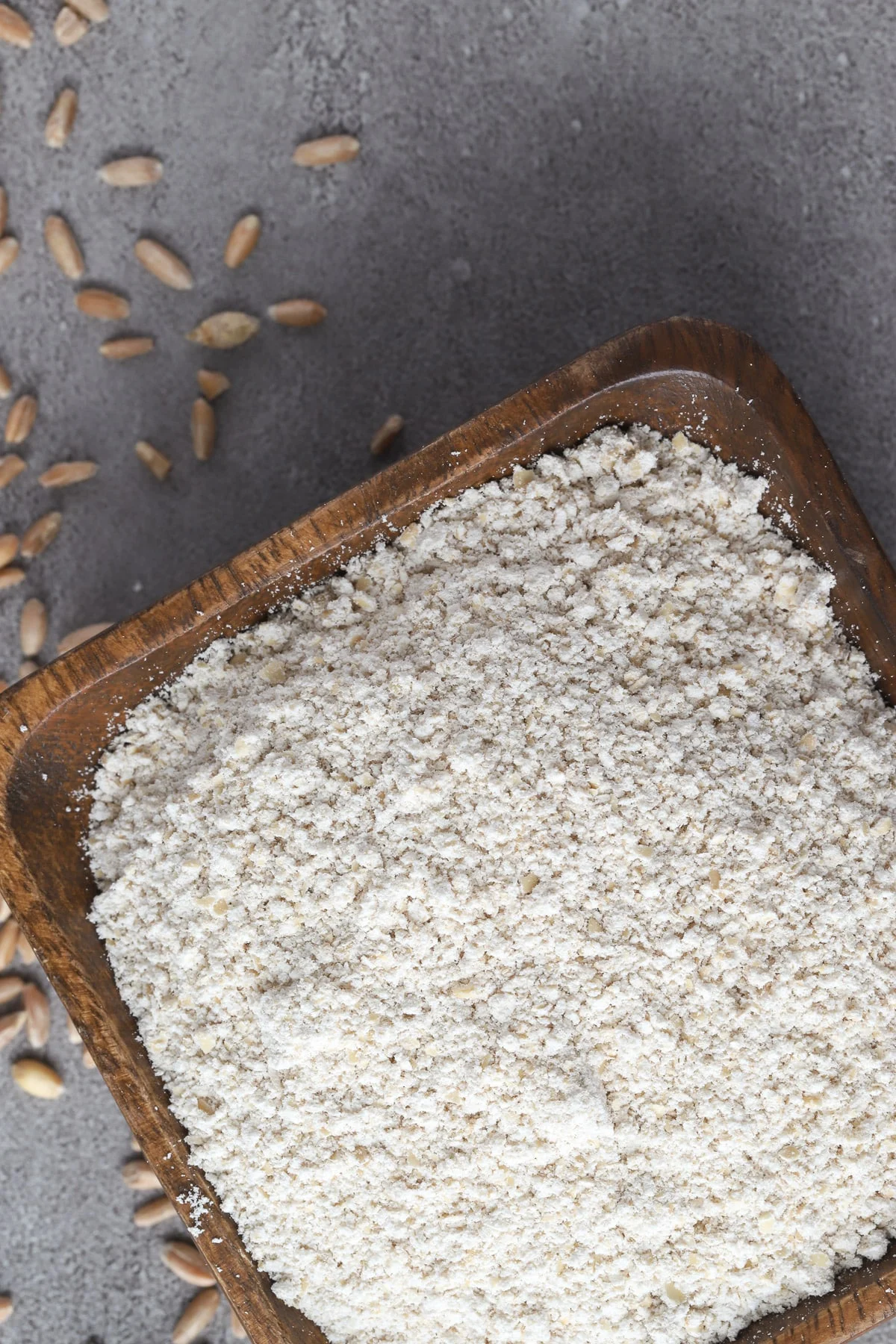
Fat Makes Things Tender. Butter, oil, and other fats are all about texture. They coat the flour proteins and get in the way of that gluten net, preventing it from getting too tough. The result? A soft, tender crumb. It’s why shortbread, which is loaded with butter, is so crumbly and literally “short.” Fat also carries flavor and gives that rich, satisfying mouthfeel.
Sugar Does More Than You Think. Oh yeah, sugar is sweet, but that’s just the beginning. It’s also hygroscopic, a fancy word meaning it attracts and holds onto water. It’s the reason your brownies stay fudgy for days. It also helps create that beautiful golden-brown color and complex flavor. And when you cream granulated sugar with butter, its sharp crystals cut into the fat, creating thousands of tiny air pockets that help your cake rise. It’s a true multi-tasker.
Eggs are the Ultimate Binder. Eggs wear so many hats in a recipe. The yolks bring fat, richness, and color, and they contain a natural emulsifier that helps fat and water play nicely together. The whites are mostly protein and provide structure when they cook. And of course, when whipped, egg whites can hold an incredible amount of air, giving powerful lift to things like angel food cakes.
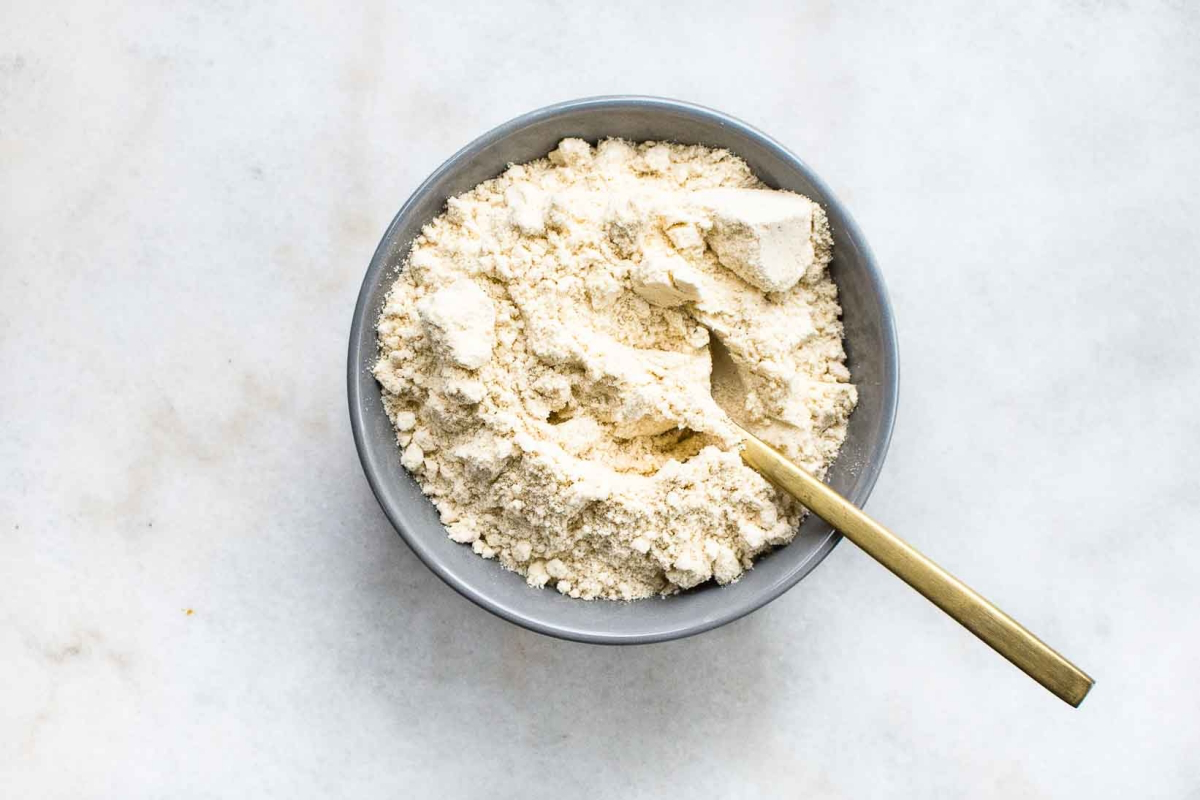
Swapping Flours: The Price of a New Foundation
Changing your flour is probably the most common swap, but it’s also the trickiest. And let’s be honest, it can get expensive. A bag of specialty almond or coconut flour can easily cost you $10 to $15, while all-purpose flour sits comfortably under $5. So you want to make sure you get it right!
Whole Wheat Flour
This is usually the first stop on the healthy-ish baking train. Whole wheat flour contains the entire grain—bran, germ, and all. Those extra bits are what make it so tricky.
The Pro Technique: The bran and germ in whole wheat flour act like tiny little blades that shred the gluten network you’re trying to build. This means a denser, heavier bake. They also soak up a LOT more liquid. So, never start with a 100% swap. A good rule is to begin by replacing just 25% to 30% of the all-purpose flour with whole wheat. And for every cup of whole wheat you use, plan on adding an extra 1 to 2 tablespoons of liquid (like milk or water) to keep it from getting dry.
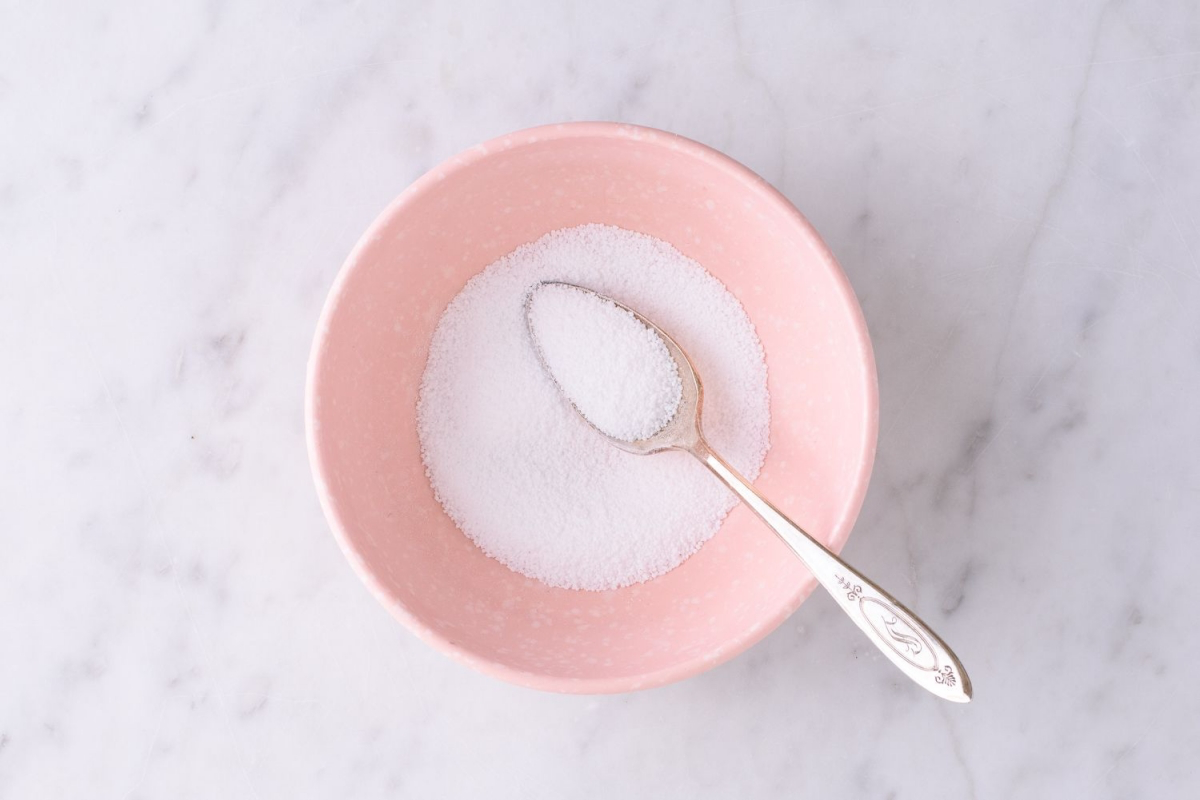
A Texture Tip: Want to soften that sometimes-gritty whole wheat texture? Try an autolyse (it sounds fancy, but it’s dead simple). Just mix your flour(s) and the liquid from the recipe together and let it sit for 20-30 minutes before adding anything else. This gives the whole wheat time to fully hydrate, leading to a much softer result.
Coconut Flour
Okay, this stuff is a completely different animal. It has no gluten and is an absolute moisture sponge. I’ve seen more baking disasters with coconut flour than anything else because it is NOT an intuitive swap.
Heads Up! Do not, under any circumstances, swap coconut flour 1:1 for regular flour. You’ll make a dry, crumbly brick and waste your money. A reliable starting point is this: replace 1 cup of all-purpose flour with just 1/4 cup of coconut flour. Because it has no gluten for structure, you need more binders. The rule of thumb is to add one extra egg for every 1/4 cup of coconut flour you use. So if a recipe calls for 2 eggs and 1 cup of AP flour, your new version would use 1/4 cup of coconut flour and 3 eggs.
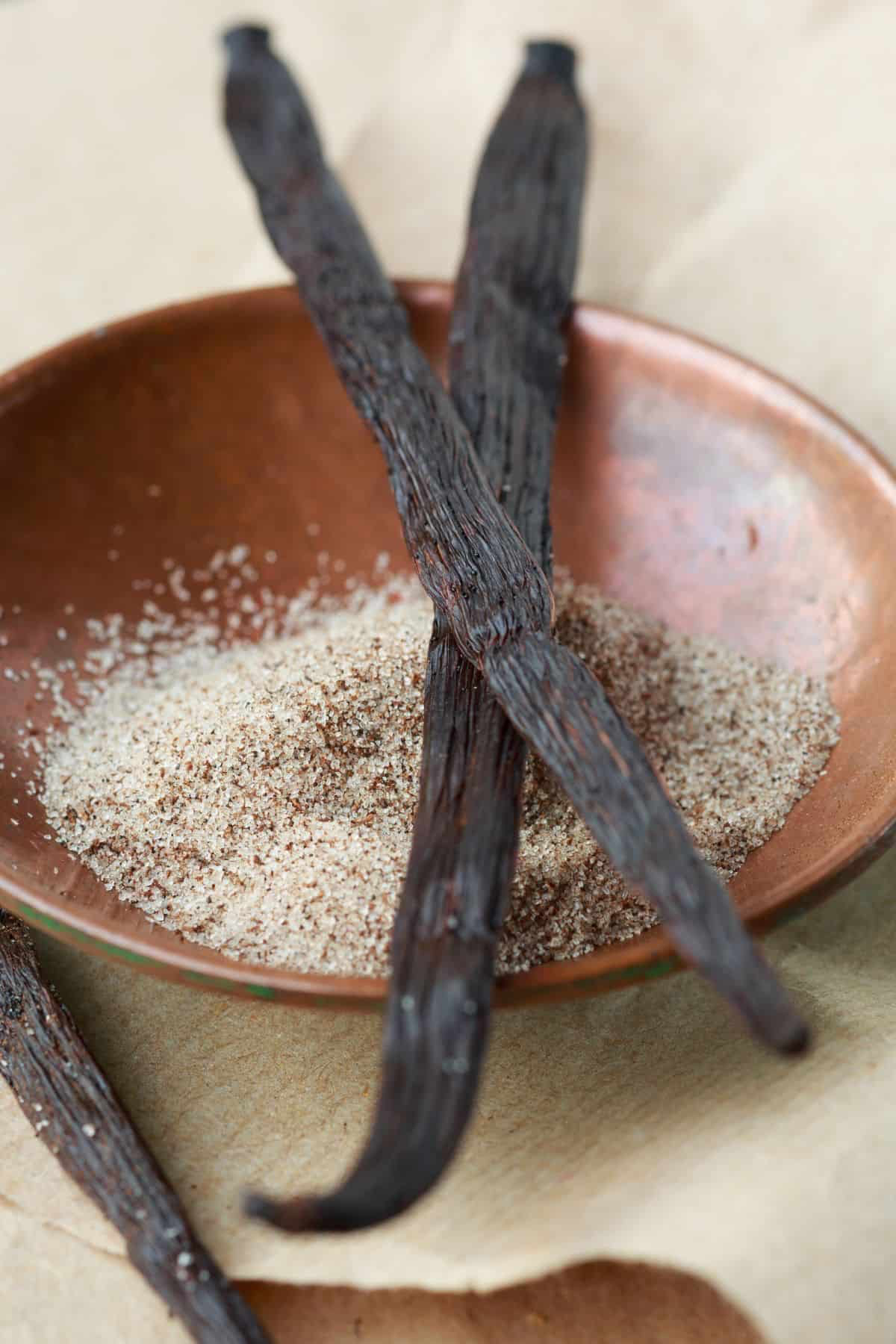
And about those eggs… if you’re trying to make something vegan with coconut flour, you’re in for a challenge. From my experience, a flax egg just doesn’t provide the protein structure that coconut flour desperately needs to hold together. Your final product will likely be very, very crumbly.
Other Flours & GF Blends
The world of flour is huge! Here are a few others to know:
- Almond Flour: This one’s a star in low-carb and gluten-free baking. It’s basically finely ground almonds, so it’s high in fat and protein with zero gluten. It creates beautifully moist and tender cakes but can be dense. Don’t try to swap it 1:1; it’s best to find recipes specifically developed for it.
- Oat Flour: You can make this at home! Just blitz rolled oats (the old-fashioned kind, not instant) in a blender until fine. It has a lovely, mild flavor and creates a super tender, almost creamy texture. You can often get away with swapping up to 50% of the all-purpose flour in a recipe with oat flour without major drama.
- Gluten-Free 1-to-1 Blends: You’ll see these at the grocery store, with names like “Measure for Measure” or “1-to-1 Baking Flour.” They’re pre-mixed blends of things like rice flour, potato starch, and tapioca starch, designed to mimic all-purpose flour. They’re a fantastic starting point for gluten-free baking! Just know they often contain xanthan gum (a binder), which can sometimes make things a bit gummy if you’re not careful. They work best in cookies, brownies, and quick breads.
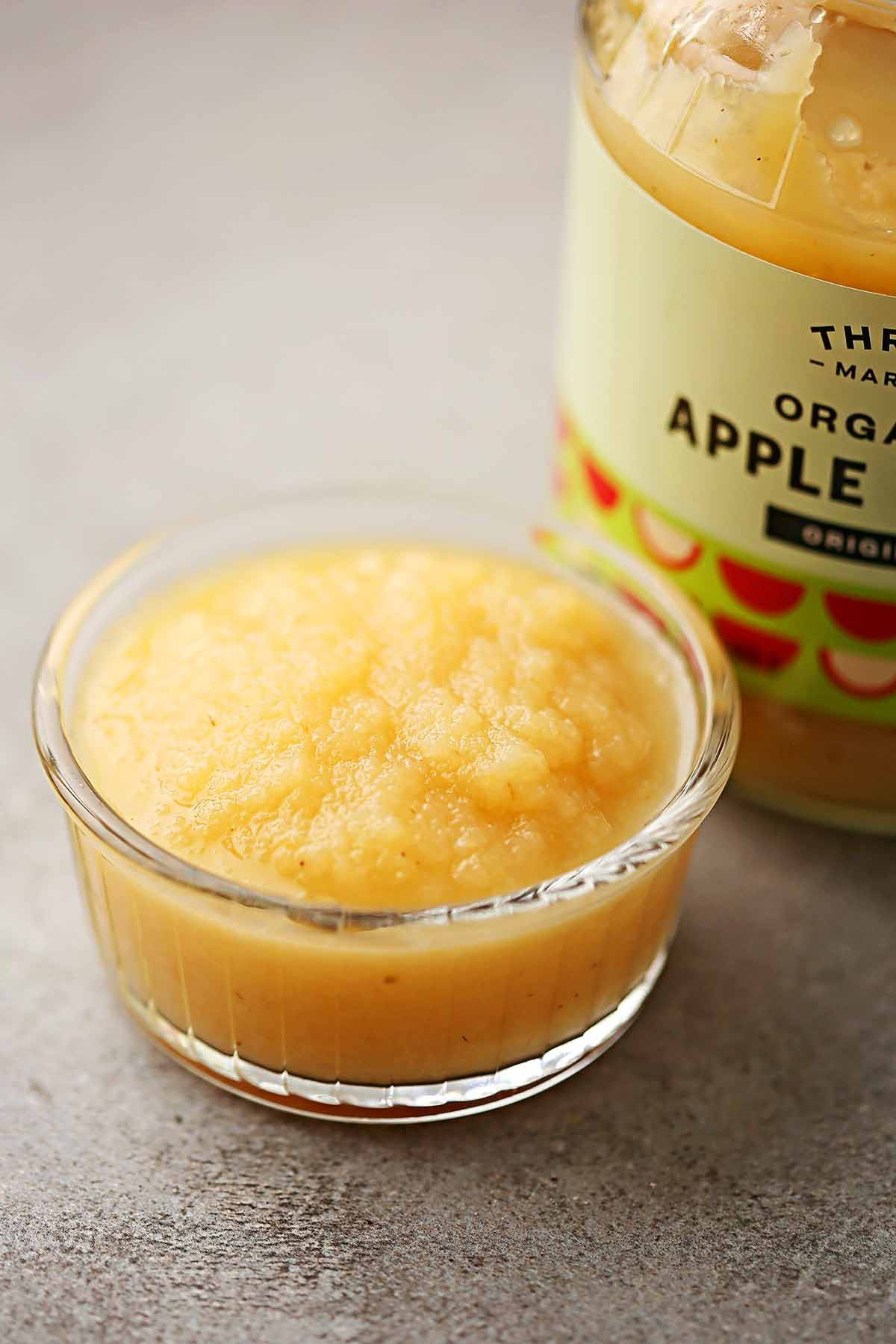
Rethinking Sweetness (It’s Not Just About Taste)
Everyone wants to cut down on refined white sugar, and I get it. But remember, sugar is also a key player in moisture, browning, and texture. When you take it out, you have to replace those functions, too.
Liquid Sweeteners: Honey & Maple Syrup
These are fantastic natural options, but the key word is liquid. They add moisture to a recipe that was balanced for a dry ingredient. A solid rule of thumb I swear by is to reduce the main liquid (milk, water, etc.) in your recipe by 1/4 cup for every 1 cup of honey or maple syrup you add. They’re also a bit sweeter than table sugar, so you can often get away with using less—I usually go for 3/4 cup of honey or syrup for every 1 cup of sugar.
Quick tip: These sweeteners also brown much faster in the oven. To prevent burnt tops and raw middles, lower your oven temperature by 25°F (about 15°C) and keep a close eye on things.
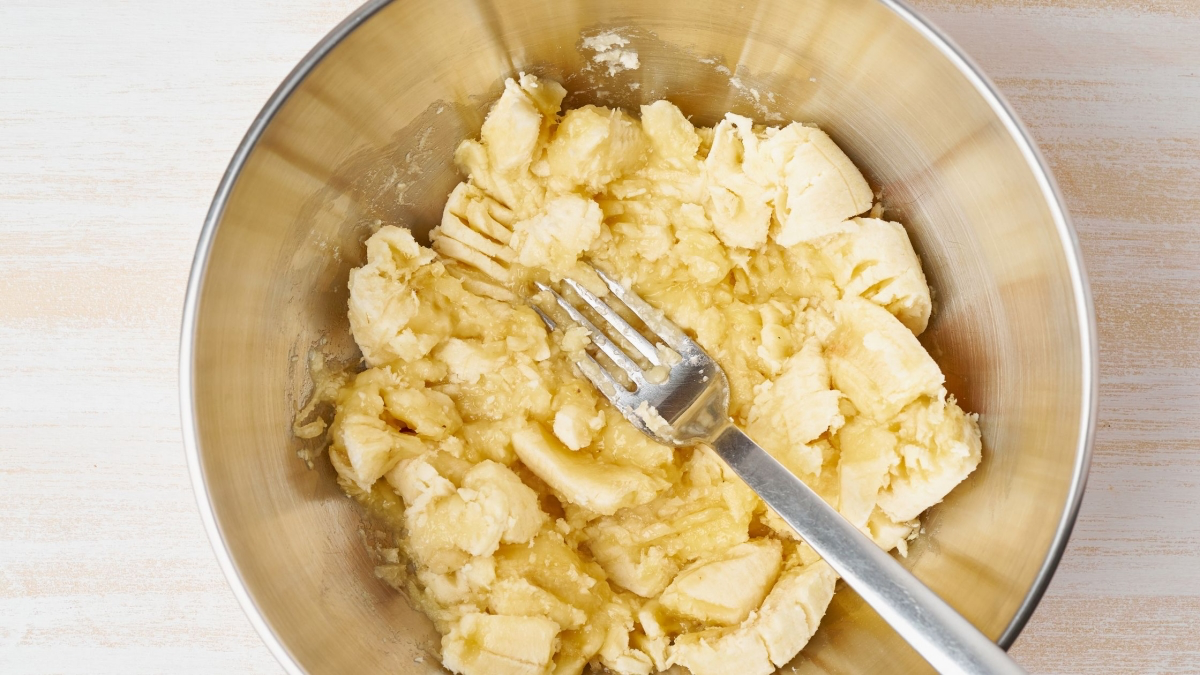
Fruit Purées: Applesauce & Mashed Banana
This is a classic swap, but it can be used to replace either sugar or fat—and the result is totally different. As a sugar substitute, it works best if you only replace about half the sugar; a full 1:1 swap often leads to a dense, gummy texture.
As a fat substitute, it’s more common. You can replace butter or oil with an equal amount of applesauce in things like brownies or muffins. But you’re taking away fat, so your final product will be less rich and more spongy or cake-like. A partial swap is usually the sweet spot. Replacing half the butter with applesauce is a great compromise.
Finding Alternatives for Butter and Eggs
Fat is flavor. Eggs are structure. When you swap these out, whether for dietary reasons or just to experiment, you need to be strategic.
Fat Swaps: Oils & Yogurts
Swapping oil for melted butter is usually a simple 1:1 exchange in quick breads or brownies. Just remember, you can’t cream liquid oil with sugar to add air, so your bake might be a little denser. The flavor of the oil also matters! A peppery olive oil can be a revelation in a lemon cake, while coconut oil will lend its distinct flavor. For a neutral taste, go with avocado or grapeseed oil.
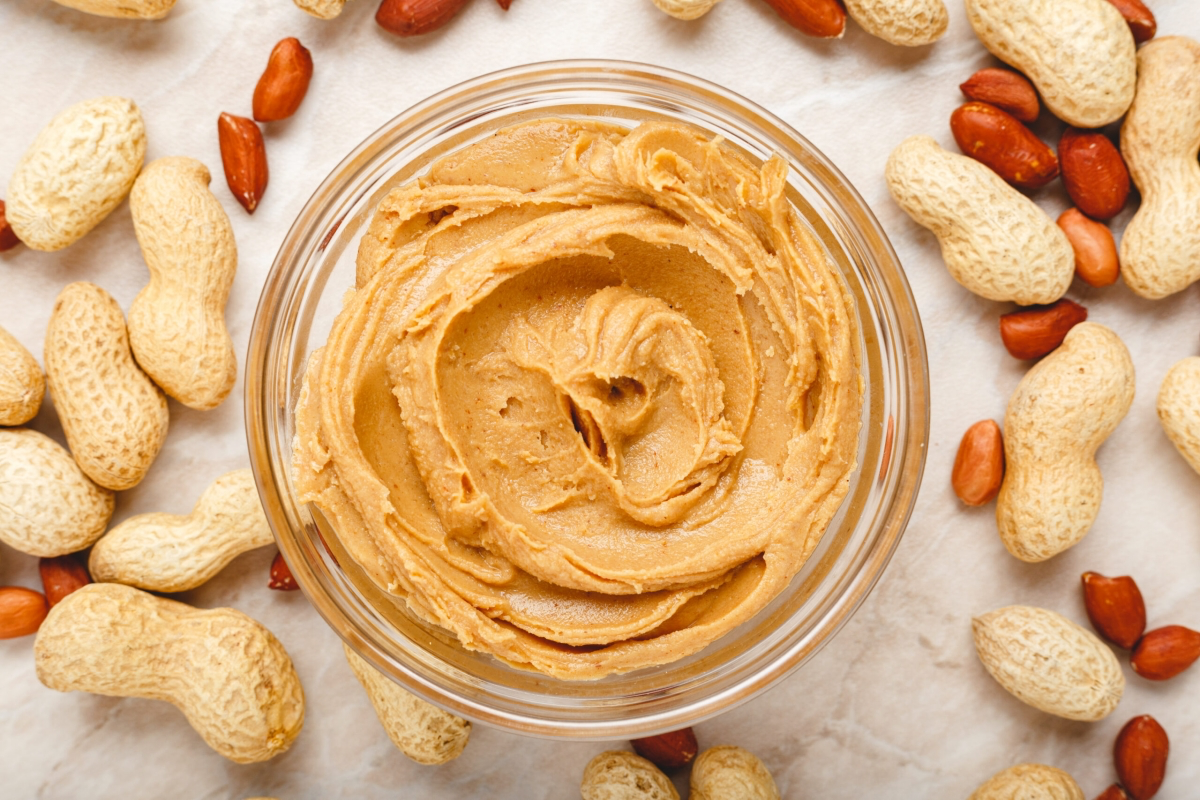
My secret weapon for incredible moisture? Full-fat plain yogurt or sour cream. The acid tenderizes the crumb beautifully. Don’t do a full replacement; instead, replace half the butter in a recipe with an equal amount of yogurt. If a recipe wants 1 cup of butter, use 1/2 cup of butter and 1/2 cup of Greek yogurt. It’s a game-changer for muffins and coffee cakes.
The Big Question: Egg Swaps
Ah, the egg. It binds, it leavens, it adds fat… replacing it is tough. This is the number one question for plant-based bakers.
- Flax or Chia Eggs: This is your go-to for binding. Mix 1 tablespoon of ground flaxseed or chia seeds with 3 tablespoons of water and let it sit for 10-15 minutes until it gets gelatinous. One of these replaces one egg. It works great in dense things like brownies, muffins, and cookies where you don’t need a lot of lift.
- Applesauce or Mashed Banana: Use 1/4 cup of purée to replace one egg. This works well as a binder, but remember, it also adds moisture and sweetness, so you might need to slightly reduce the sugar or liquid elsewhere in the recipe.
- Aquafaba: This is the liquid from a can of chickpeas, and it’s pure magic. You can whip it just like egg whites to make meringues, macarons, or fluffy mousses. It’s incredible for leavening, but it doesn’t have the fat or richness of an egg yolk, so it’s not a universal substitute.
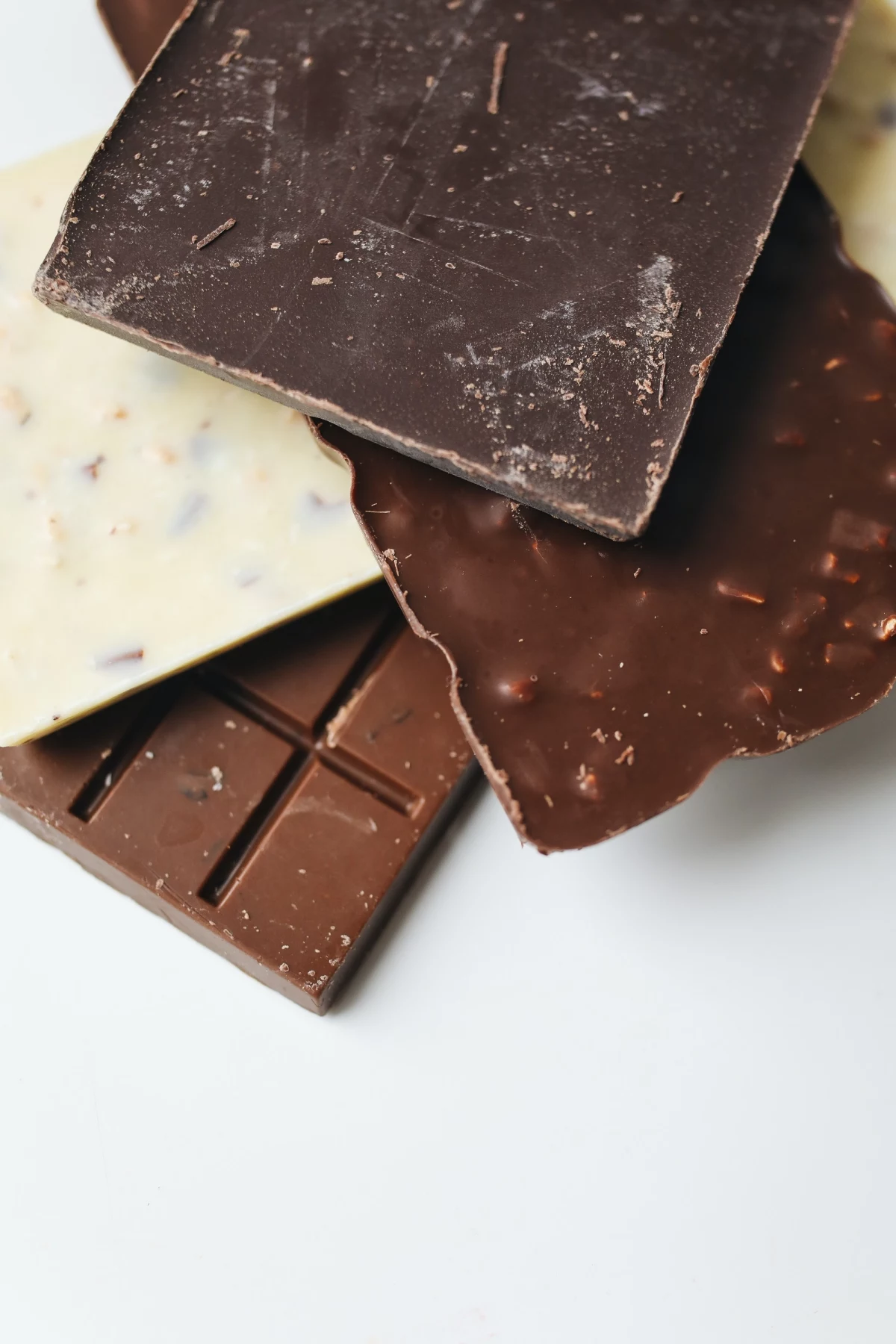
Quick Wins: 3 Easy Swaps to Try First
Feeling a bit overwhelmed? Don’t be! Baking is supposed to be fun. Here are three super simple, low-risk swaps to build your confidence:
- The Yogurt Trick: In your favorite muffin or quick bread recipe, replace half the butter with an equal amount of full-fat plain Greek yogurt. You’ll be amazed by the moist results.
- The Whole Wheat Dip: Making chocolate chip cookies? Just swap 1/4 of the all-purpose flour with whole wheat flour. It adds a subtle nutty depth without messing up the texture.
- The Maple Upgrade: The next time you make pancakes, swap the sugar for maple syrup and reduce the milk by just a tablespoon. It’s a simple, delicious change.
Putting It All Together & Troubleshooting
Let’s walk through a real-world example. Say we want to adapt a classic banana bread to be a bit heartier and have less refined sugar. The original calls for 2 cups of AP flour and 3/4 cup of brown sugar.
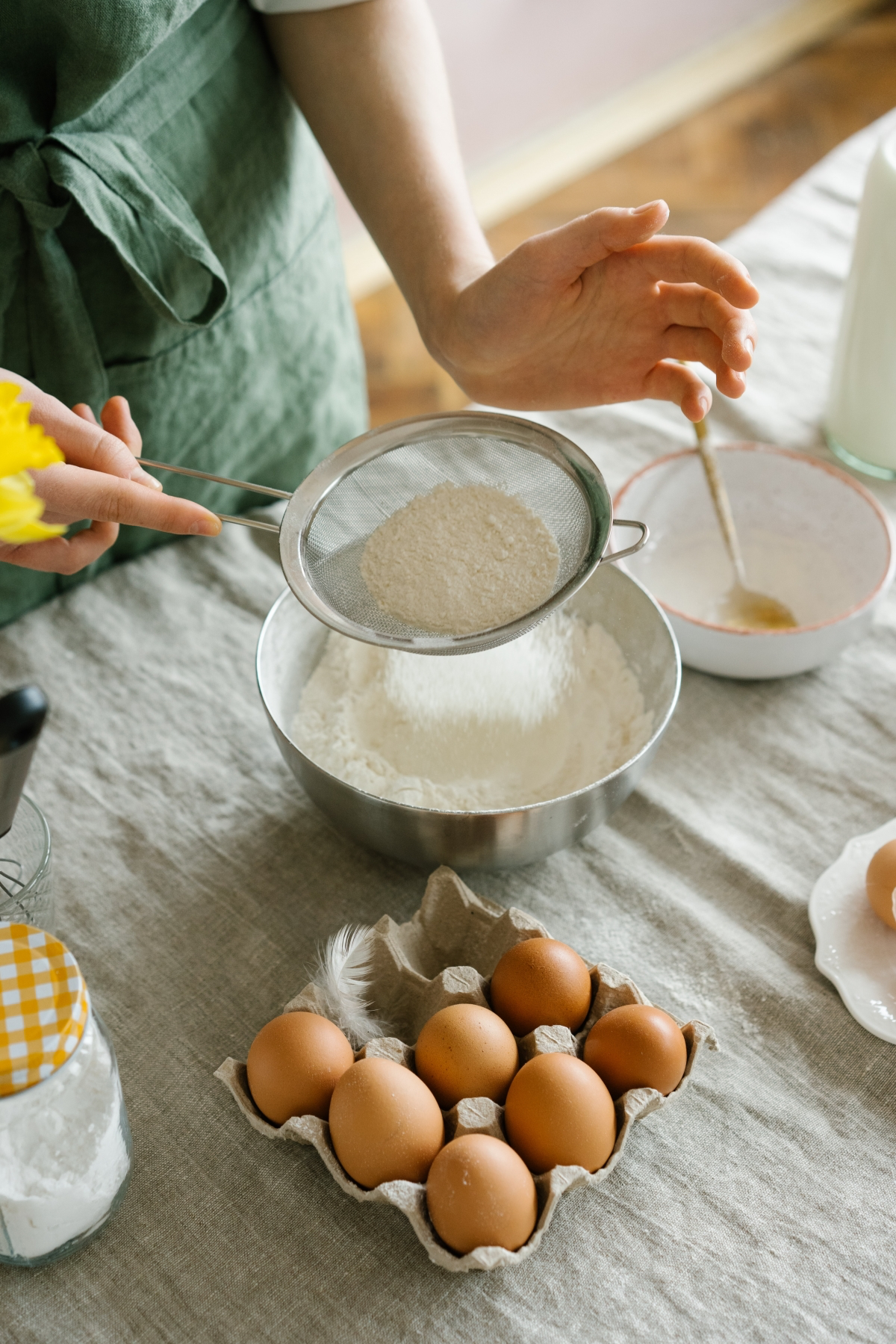
First, we’ll swap 1 cup of the AP flour for whole wheat flour. We know this will make the batter thirstier. Second, we’ll replace the brown sugar with 1/2 cup of maple syrup, which adds liquid. So, how do we balance it? After mixing, we check the feel. The original batter is probably like a thick pancake batter. If our new mix feels stiff, almost like cookie dough, we’ll drizzle in milk a tablespoon at a time until it feels right. It’s about developing that baker’s intuition.
When Things Go Wrong…
It happens to everyone! Here are a few common disasters and what probably caused them:
- Problem: It’s dry and crumbly.
Likely Cause: You probably used a super-absorbent flour (like whole wheat or coconut) without adding enough extra liquid. - Problem: My cookies spread into one giant, thin sheet.
Likely Cause: You likely used melted butter or oil in a recipe that needed solid, creamed butter to hold its shape. - Problem: It’s dense and gummy.
Likely Cause: The classic sign of using too much fruit purée (like applesauce) as a fat replacer. It can create a rubbery texture if overused. - Problem: It’s soggy or raw in the middle.
Likely Cause: You used a liquid sweetener (like honey) or a fruit purée without reducing the other liquids in the recipe. Classic moisture overload!
A Serious Chat About Safety and Respect
Okay, let’s have a serious talk for a second. When you start changing ingredients, especially if you’re baking for others, you’re taking on a big responsibility.
Allergens are non-negotiable. This is the most important rule. If you swap regular flour for almond flour, you MUST tell people you’re serving a tree nut allergen. If you use peanut butter, that needs to be crystal clear. Label everything. A simple mistake can have devastating consequences for someone with a severe allergy.
And finally, know when not to swap. To be frank, some recipes are masterpieces of food chemistry that are balanced on a knife’s edge. Don’t try to make a “healthy” croissant. The magic is the butter and flour lamination. Don’t try to make a sugar-free angel food cake. The entire structure depends on the sugar. Respect the craft. Some bakes are meant to be an indulgence, exactly as intended.
Ultimately, this is a journey. Start small, change one thing at a time, and take notes. Every sunken cake is just a lesson that makes you a better baker. Now it’s your turn! Find your favorite muffin recipe this week and try swapping half the butter for full-fat yogurt. Let me know how your super-moist creations turn out!
Inspirational Gallery
Thinking of swapping oil for butter to cut down on saturated fat?
It’s a great move for cakes, muffins, and quick breads, but it’s not a 1:1 exchange. Butter is about 80% fat and 20% water and milk solids, which create steam and help with leavening. Oil is 100% fat. For a moist result, use about 3/4 cup of a neutral oil (like canola or grapeseed) for every 1 cup of butter called for. However, avoid this swap for recipes where solid fat is essential for texture, like flaky pie crusts or shortbread cookies.
The liquid from one 15-ounce can of chickpeas—known as aquafaba—can whip up just like egg whites to make meringues, macarons, and fluffy mousses.
This isn’t just a vegan magic trick; it’s a lesson in food chemistry and sustainability. The proteins and starches that leach from the chickpeas into the water create a viscous liquid that can trap air. As a general rule, use 2 tablespoons of aquafaba to replace one egg white, and 3 tablespoons for a whole egg in recipes where it’s used for binding or leavening.
King Arthur All-Purpose Flour: Your reliable standard. Its balanced protein content (11.7%) provides excellent structure for everything from bread to delicate cakes, making it a forgiving base.
Bob’s Red Mill Spelt Flour: A great entry point into ancient grains. It has a nutty, slightly sweet flavor and a weaker gluten structure, creating an exceptionally tender crumb in muffins and scones. Start by substituting 25-50% of the all-purpose flour.
For a subtle upgrade, spelt offers more flavor without drastically altering the texture.
Don’t just think of sugar as a sweetener; think of it as a flavor agent. Swapping out sterile white sugar is your first step. Using dark muscovado sugar in brownies will introduce deep, rum-like molasses notes. Replacing some of the white sugar in a spice cake with maple syrup not only adds its signature flavor but also contributes moisture—just be sure to reduce the other liquids in your recipe by a few tablespoons to compensate.
The number one mistake in gluten-free baking: Forgetting the binder. Gluten is the protein network that gives conventional baked goods their structure and chew. When you use gluten-free flours like rice, almond, or coconut flour, you’re removing that essential glue. Without adding a substitute binder like xanthan gum or ground psyllium husk (typically ¼ to ½ teaspoon per cup of flour), you’re destined for a dry, crumbly result that falls apart the second you touch it.
- A deeper, more complex butterscotch-like flavor.
- A satisfyingly dense and chewy texture.
- Perfectly browned edges with a soft center.
The secret? Chilling your cookie dough. Allowing the dough to rest in the fridge for at least 24 hours (and up to 72) isn’t just about preventing spread. It allows the flour to fully hydrate and the enzymes to break down starches into sugars, concentrating the flavor for a bakery-quality result.
When you want to swap flours, consider their effect on the final color and feel of your bake. It’s about more than just nutrition.
- Spelt Flour: Gives bakes a lovely golden-tan hue and an incredibly tender crumb. It’s a beautiful choice for making muffins look and feel more rustic and wholesome.
- Buckwheat Flour: Imparts a dark, moody grey-purple color and a robust, earthy flavor. Use it sparingly (no more than 25% of the total flour) in pancakes or rustic cakes unless you’re specifically aiming for its distinct character.
- Rye Flour: Adds a grayish, hearty look and a slightly tangy flavor that pairs wonderfully with chocolate and ginger.
According to food scientist Harold McGee, the signature flavor of brown butter comes from the Maillard reaction and caramelization of the milk solids, creating hundreds of new aromatic compounds not present in melted butter.
This isn’t a substitution, but an upgrade. By gently heating butter until it foams and then subsides, leaving behind toasted brown specks, you create a complex, nutty flavor. It’s a five-minute step that can elevate a simple pound cake or batch of blondies into something extraordinary.
Going dairy-free doesn’t mean you have to settle for less. The key is to match the fat content and purpose of the original dairy ingredient.
- For Buttermilk: To replicate the tang and tenderizing effect, add 1 tablespoon of lemon juice or white vinegar to 1 cup of a full-fat plant milk, like oat or soy milk. Let it sit for 5-10 minutes to curdle slightly.
- For Heavy Cream: In sauces or ganaches, full-fat canned coconut milk is your best friend. For whipping, use the chilled, solidified cream from the top of the can.
- For Yogurt: Unsweetened coconut or cashew yogurt brings a similar creaminess and tang to muffins and coffee cakes.










